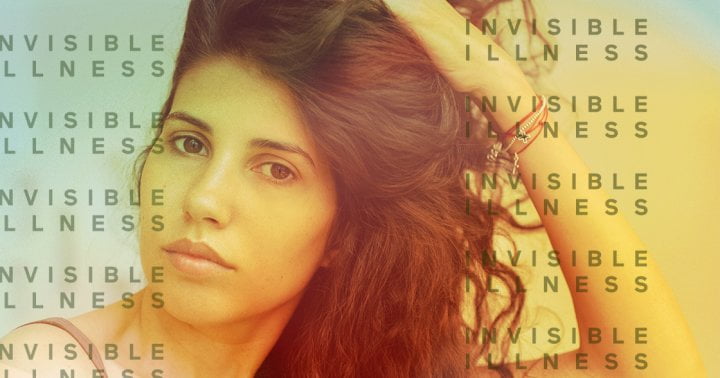I Thought My Strange Symptoms Were All In My Head—Then I Got These 2 Diagnoses

The doctor came in to discuss my blood tests. “Everything looks fine,” she shrugged.
I knew she was going to send me home without any answers, so I spoke up. At the risk of sounding “crazy” I told her about the trend I noticed: every time I bent over (to get on the bike, shave my legs, clean the carpet, go to the bathroom, etc.), my heart fluttered and I felt breathless.
She looked puzzled and asked me to demonstrate while the monitors were still hooked up. As I crouched toward the hospital’s beige vinyl floor, my heart rate jumped—right on cue. The doctor promptly ended our experiment and had me lay back down, where the heart rate went back to baseline.
The doctors continued to monitor me and await results, until there was a shift change. When the night doctor came to discuss my symptoms, he concluded there was no immediate threat and decided to send me home, where I could follow up with a cardiologist. Ummm…cue the worried, anxious mind.
I felt panicked at the thought of going home without an answer. Visions of me passing out while schooling the kids or having a heart attack while showering raced through my mind. Plus, I didn’t have a cardiologist! I was an otherwise healthy 40-year-old. My anxiety couldn’t handle one more stressor—especially a big one like this.
Thankfully, the ER doctor displayed compassion and offered another alternative: I could be admitted to the hospital overnight, remain on a heart monitor, and consult with cardiology in the morning. Early the next morning, I had an echocardiogram and saw a cardiologist. Immediately, he suspected a diagnosis and had the nurse perform an experiment. I laid down for 20 minutes, sat up for a few minutes, and then stood up, while connected to a monitor. Like before, everything was fine until standing: the pressure built up in my chest, my breathing accelerated, and the heart monitor spiked.
Proving the doctor’s suspicions, I was diagnosed with postural orthostatic tachycardia syndrome (POTS). This syndrome causes an elevation in heart rate with big postural changes, like bending over and standing up. As a “syndrome,” it involves multiple symptoms, which all occur on a continuum. Thus, my POTS experience can be quite different from another’s.
Generally, POTS affects blood flow when moving from a reclining to standing position. While we take the simple act of standing up for granted, a lot goes into coordinating this movement internally, including the maintenance of blood pressure and heart rate. Common symptoms include lightheadedness, fainting, and an uncomfortable, rapid increase in heartbeat.
“It’s not dangerous, just annoying and uncomfortable,” the doctor explained to me.
This article was originally published by mindbodygreen.com. Read the original article here.



